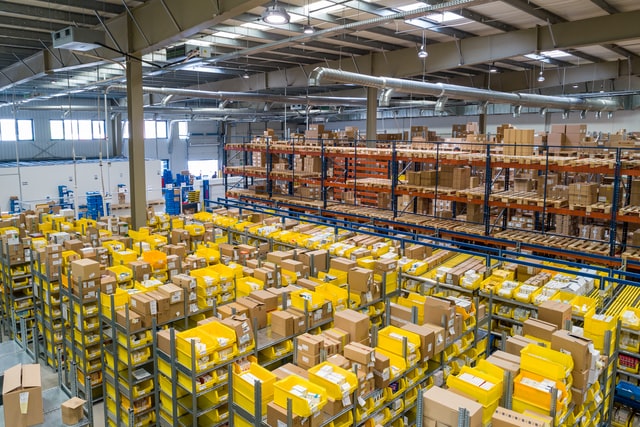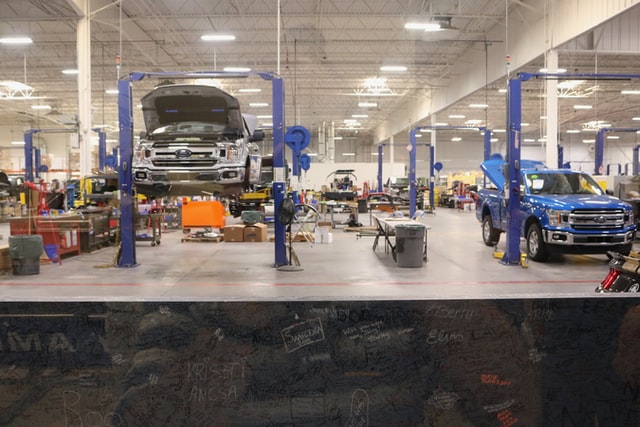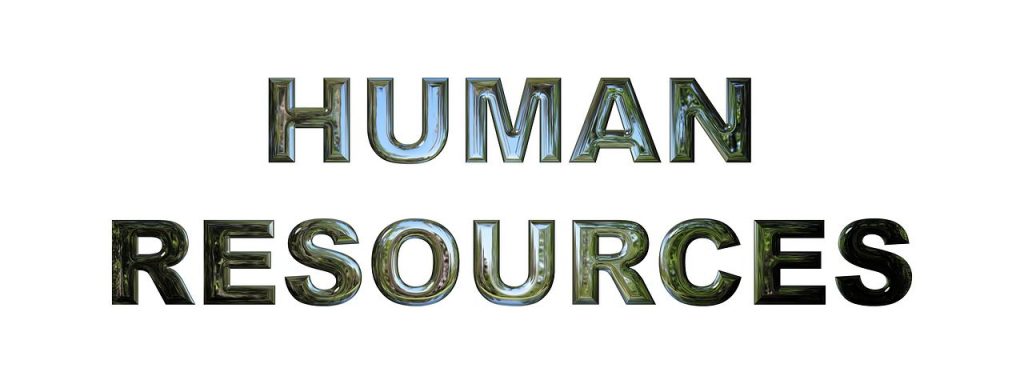When starting or running a small business, it can be easy to focus purely on getting your product or service to the customer, but if you haven’t got a solid plan for managing reverse logistics, you could quickly find yourself in hot water. Today we’re looking at what reverse logistics actually is, how to manage it, and why it is vital to your business.
What Is Reverse Logistics?
Reverse logistics, put simply, is the process of returning goods from the consumer back to the business from which they originated. This could be due to change of mind returns, faulty product, end of life recycling programs if your company provides them, or even something as simple as a freight company’s inability to deliver a package for whatever reason.
How Do You Manage Reverse Logistics?
In many ways, reverse logistics can be managed much like it’s forward moving counterpart. Managing returns, for example, requires touch points with your chosen shipping company, within your inventory management process and, if they’re being resold, engagement with your shop front. This list isn’t exhaustive, but it should give you a good idea of what’s involved in reverse logistics and how to manage them. Essentially, everything that is involved in sending goods to the customer can be turned around and applied backwards, as long as you have the correct managerial processes in place.
Why Are Reverse Logistics Vital?

Keeping Customers Happy
No matter what your customer’s reason for wanting to return an item is, you can guarantee that they want the process to run smoothly and their money to be back in their account as soon as possible. Reverse logistics is vital here both for processing the customer’s refund, and recouping your goods, so having the correct processes and procedures in place should be your top priority before you even start sending products out.
Properly Recycling Waste
Ever heard the saying that if you want something done right, you have to do it yourself? While this isn’t always true, when it comes to recycling certain components, it’s the case in nine out of ten instances. End consumers simply don’t have the access or facilities to recycle many things so by engaging your reverse logistics chain, and implementing a recycling program, you’re helping to ensure that the planet gets a fair go. You may even be able to save some aspects of whatever is returned for future use in your business making this a possible money saving venture as well.
Improving Efficiency
By being able to easily manage the return process for your goods (regardless of why they are making their way back to you) you can help improve efficiency across warehousing, administration, shipping and more. This increased efficiency leads to lower costs and higher productivity making it both a money saver, and a money maker.
Reducing Risk
Finally, by correctly managing your stock after it has left your possession, you can actually significantly reduce risks that are posed to your business by this part of the product’s life cycle. For example, an efficient recall process could save you hundreds of thousands in damages that could have resulted from faulty products. Likewise, making the returns process effortless for the consumer reduces the risk of them leaving a negative review of your business, therefore saving your reputation and averting losses that would have resulted from said negative attention. There are other instances in which risk can also be reduced, but we’re sure you get the picture.
Although it can be tempting to pat yourself on the back and consider your job well done once a product leaves your warehouse, we’re sure that this article has shown you why that isn’t actually the best idea after all. If you haven’t already, go create a comprehensive plan for managing reverse logistics, it’s certainly worth the time it’ll take.







About The Author: Wanda Martinez
More posts by Wanda Martinez